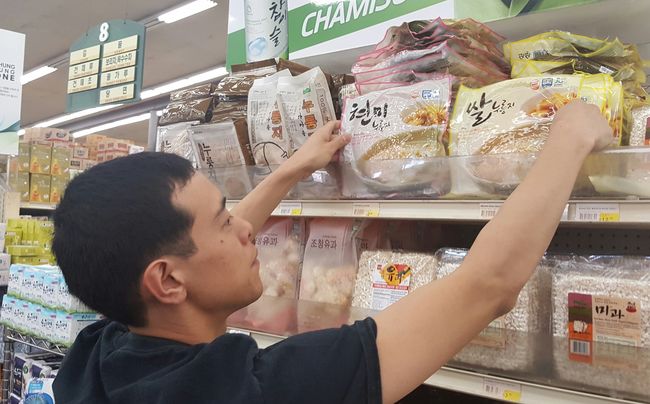
South Korean snack foods have become one of the largest growing imports from its country over the last decade. In the last 10 years, South Korea’s earnings from importing its snack products grew from $212 million in 2005 to $634 million in 2015, according to the Korean food ministry.
Riding this wave of growth, Korea’s most traditional snack is on sale in all kinds of forms and have already been a hit item in markets around Los Angeles Koreatown. Nurungji, a term coined to describe a crust of overcooked rice, is a timelessly traditional snack which has been transcending generations of its people, and it is now available in a variety of types ranging from microwavable cup versions in the mold of top ramen to bite-sized snacks in colorful packaging.
In the 17th century, nurungji was a makeshift “get well food” for those who have suffered illness as it is easier to swallow, helping to avoid an upset stomach. More than three centuries later, nurungji was established as a dessert in Korean cuisine, which primarily requires a bowl of pot-cooked rice as the bedrock of most meals. It was inevitable for one to be left with a block of overcooked rice at the bottom of the pot. Hence, nurungji was served after the main dish.
Today, nurungji is available as a snack on the shelves or Korean markets, with the price varying from just $1 to $10 depending on its type.
“Nurugji is not an age sensitive snack as it has been a traditional snack for Korean people for so many years,” said an employee at Hannam Chain, a prominent Korean market in L.A. Koreatown. “We’re even starting to see an increase in number of manufacturers coming up with more selections of nurungji snacks. Consumers now have more to choose from.”
For many Korean-Americans, nurungji is something of a nostalgic food, which they remember having as children during family meals.
“There are times when I miss nurungji made by my mother,” said Sean Kim, a 30-year-old Koreantown resident. “I’ve bought some after seeing it at the market and it is really bringing back my memories.”
Various forms of nurungji can also be found in other Koreatown grocery stores, including Koreatown Galleria and California Market.
By Sang Woo Park





